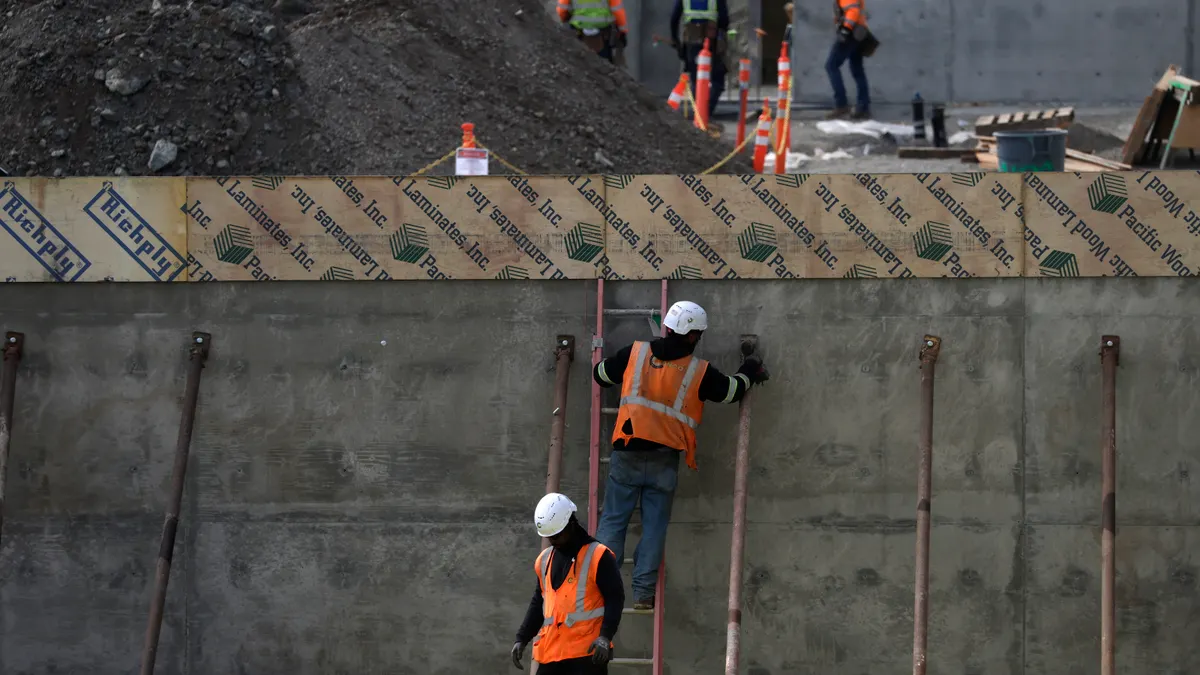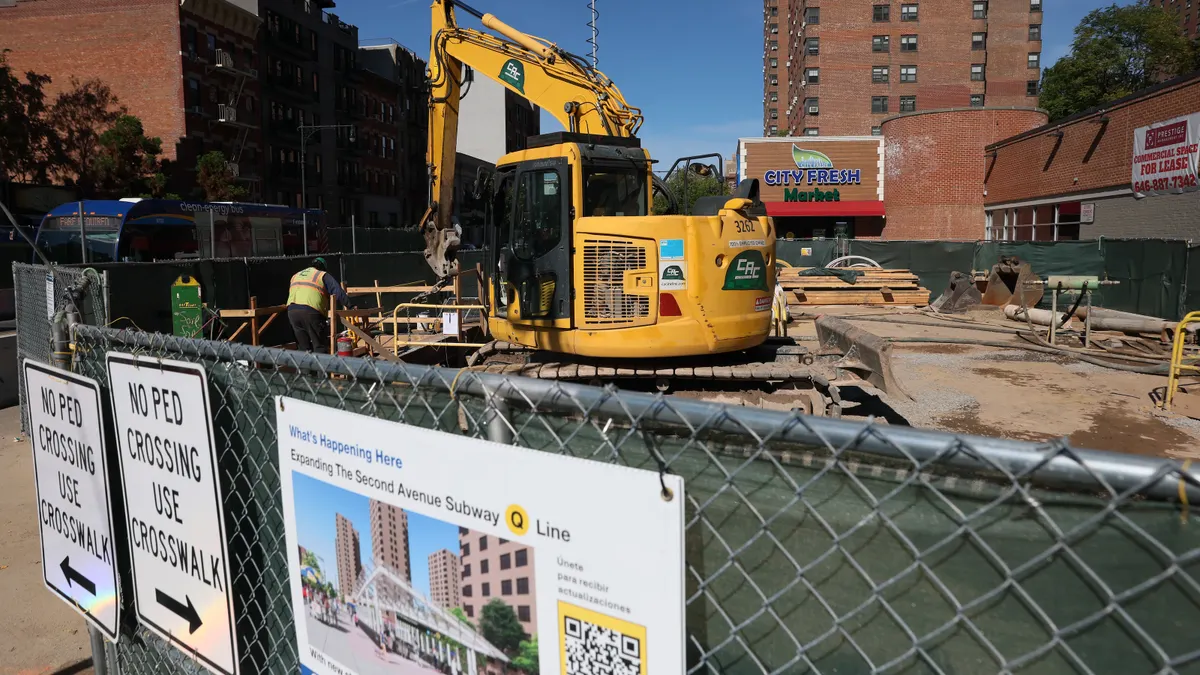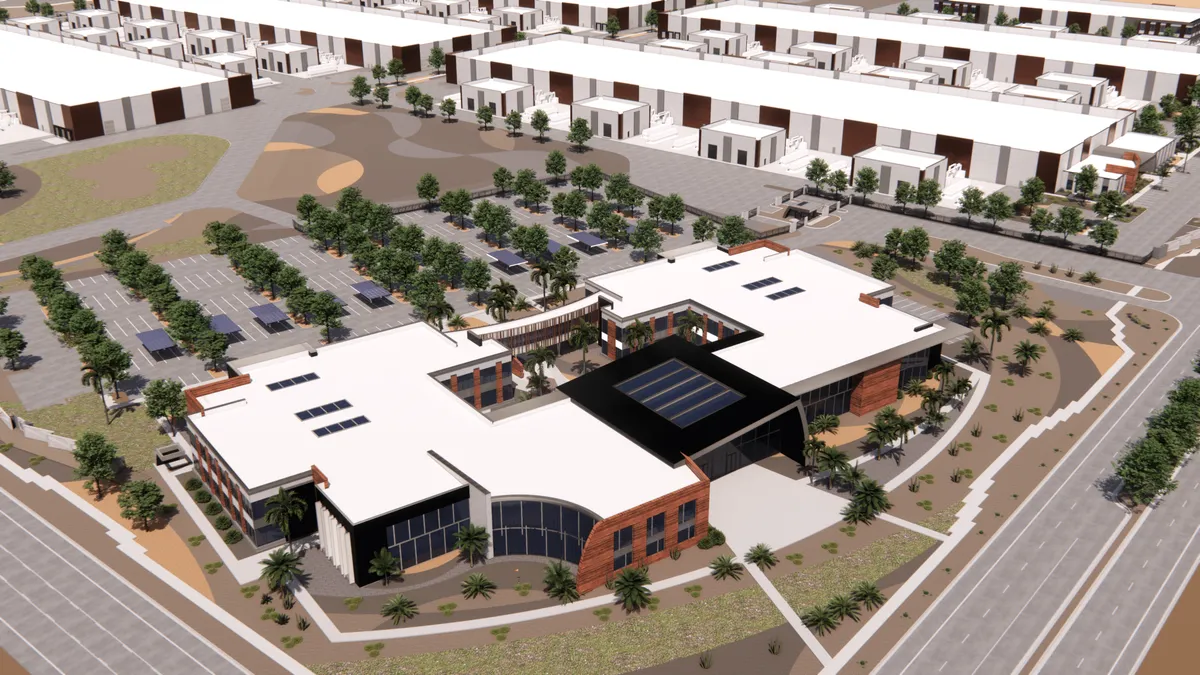Spring is here, and that means eager buyers are out in full force trying to make a deal for the perfect home. While each season brings new challenges for potential homebuyers, real estate professionals and homebuilders, much of this year’s story is about low inventory and rising prices, and it doesn’t look that’s about to change anytime soon.
Market dealing with tight inventory
Perhaps no market exemplifies that low inventory-high price phenomenon like Portland, OR. Portland Realtor Nick Krautter, who heads up the Portland Central Keller Williams Realty office at SellPDX.com and publishes his own market data reports, said their buying season started early in December, with 36 transactions in escrow, the most they’ve ever had at one time. Krautter’s market research has also revealed what could be some hair-raising news for buyers.
"Our metro inventory (including southwest Washington) hit an all-time low of 1.2 months in December, and, for the last two months, it’s been at 1.8 months," he said. "But when you look at the close-in market — those students and nearest to the heart of Portland — you see certain neighborhoods that have a week, maybe two weeks of inventory right now. So were not even counting in months. We’re counting in days and weeks."
Krautter said the neighborhoods where inventory is tightest are established with no new construction underway or in the works due to Portland’s urban growth boundary, which prohibits new construction on the edges of the city. Periodically, he said, the city turns over some of that land for development, but Krautter likens that process to "an oil tanker trying to take a turn in a river." His take coincides with a recent Zillow report, which found that cities with the tightest land-use regulations tend to have the lowest available housing inventories, along with resulting higher prices.
Andy Kiener, of Kinzie Brokerage LLC in the Chicago area, has also seen that tightening of inventory. "Unlike a few years ago when it was hard to find buyers, it’s hard to find houses now," he said. Kiener said the millennial exodus to the suburbs has played a big part in this lack of availability. He said that as that demographic begins to settle down and start families, they’re looking at established neighborhoods just outside the city as a family-friendly solution. "You’re seeing these 'Coming Soon' signs to prep the market for homes that are going up for sale, and then, the day that they do, you’re getting multiple offers on them," Kiener said.
Even pricey Greenwich, CT, a bedroom community to New York City, is grappling with its own unique issues of inventory, according to real estate agent and builder Sabine Schoenberg of brokerage PrimeSites Inc. In Greenwich, home to some of the wealthiest people in the U.S., homes under $5 million "fly" off the market, while houses above that price are abundant. That trend, Schoenberg noted, is due to the baby boomers who have historically favored the expansive "back country" estates opting to downsize into homes or condominiums near downtown. "People don’t want to travel that much anymore," she said. "They’re willing to give up the size of the land and trade it off for being closer to town."
Affordability continues as a major concern
Schoenberg said millennials are also coming out of New York City to start their families in Greenwich. "They want to raise their families in the suburbs but still want to be connected to the urban pulse of New York," she said. And although Greenwich has some of the most expensive real estate in the country, compared to New York City’s uber-expensive cost of raising a family, it could be considered a real deal.
Affordability, Krautter said, also plays a role in the Portland market. Krautter said the city is twice as affordable as other West Coast cities like Los Angeles and San Francisco but has still seen price growth, particularly in the first quarter of this year. It’s not uncommon, he said, to see homes sell for 5% to 15% over the asking price and, depending on the area, multiple offers within days of going on the market.
According to the most recent S&P/Case-Shiller U.S. National Home Price Index, year-over-year home prices rose from 5.3% in December to 5.4% in January, double the pace of both inflation and wages. CoreLogic, in a report this month, also found that home prices had increased 1.1% between January and February and 6.8% from February 2015 to February 2016.
"I don’t see the demand part going away anytime soon, but there’s very little we can do about the supply here, so that puts us in a uniquely difficult position," Krautter said. He anticipates that prices will likely continue to rise for the next three years until homes become so unaffordable that the market is forced to level out. Chicago, on the other hand, has seen, a more moderate price growth, Kiener said.
As far as the type of buyer he’s seeing in Portland, Krautter said approximately one-third of buyers are in their 30s and 40s, "relatively affluent" and relocating from cities like San Francisco and New York in favor of the lifestyle the area offers. For those buyers, he said, Portland prices, although sky-high for long-time residents, are a welcome relief from some of the highest priced areas in the country.
Buyers focusing on more reasonable expectations
Financing those houses, Krautter noted, doesn’t seem to be very difficult for homebuyers, as long as they’re not trying to buy more house they can afford. In fact, he said he’s seen increasing buyer introspection when it comes to selecting a home. "People are not trying to get as much house as they can get approved for," he said. "They’re trying to buy a house they can afford." Krautter added that many buyers are also anticipating worst-case personal financial scenarios as they shop, such as one spouse losing a job or electing to stay home to raise a family.
This trend of being more realistic and thoughtful about a home purchase seems to be nationwide. Even in super-expensive Greenwich, Schoenberg said that huge homes are "passé," and many purchasers are rethinking their needs. She said the increasing attitude is, "Let’s really have what we need and want to pay for."
The American Institute of Architects predicted growing consumer preference for smaller and simpler homes as part of its third-quarter Home Design Trends Survey. This trend is particularly true among baby boomers who, The Washington Post reported, are shrugging off their larger homes and opting for smaller houses or condominiums near city life.
Kiener said he believes that the mindset of buying a house as a way to turn a profit or build fast equity has diminished, and buyers are now looking for a true home. "I think that they’re looking at a home as more of a place to plant roots and become part of a community as opposed to an investment," he said. All of these experts, including Schoenberg, said financing is still a challenge, but there has been some easing in the market in the last six months or so.
Millennials hold the power, but struggle to save
Of course, first-time buyers seem to be at an eternal disadvantage when it comes to entering the housing market. The NAR reported last month that the share of first-time buyers fell to 30% in February, and real estate experts have long pinned the dearth of new homeowners on the fact that rising rents are making it difficult to save for a down payment.
According to BuildZoom economist Issi Romem, first-time buyers are facing even more challenges than some statistics show, as the lower socio-economic tier of that group has dropped out of the market altogether. This fact, Romem said, makes it look as though the group as a whole is making progress in the housing market when it really is just the most financially secure of that group buying homes. Romem agreed that high rents continue to figure into that demographic’s ability to save for a down payment. "Every dollar that goes for rent is a dollar not saved," he said.
A National Association of Realtors study last month revealed that, when it comes to buying a home, all age groups, including millennials prefer the lower-priced suburbs. Millennials, the NAR said, are staunch urbanites while they’re renting, but as soon as they begin to start families and consider a buying a home, they prefer a house — and neighborhood — with room to grow.
Kiener said that because millennials are such a huge demographic, their movements and housing choices will be influencing the housing market for years to come, particularly in suburban areas where the questions are, "How far will they go?" and "Where can they still enjoy the services of an urban environment at arm’s length?"




















